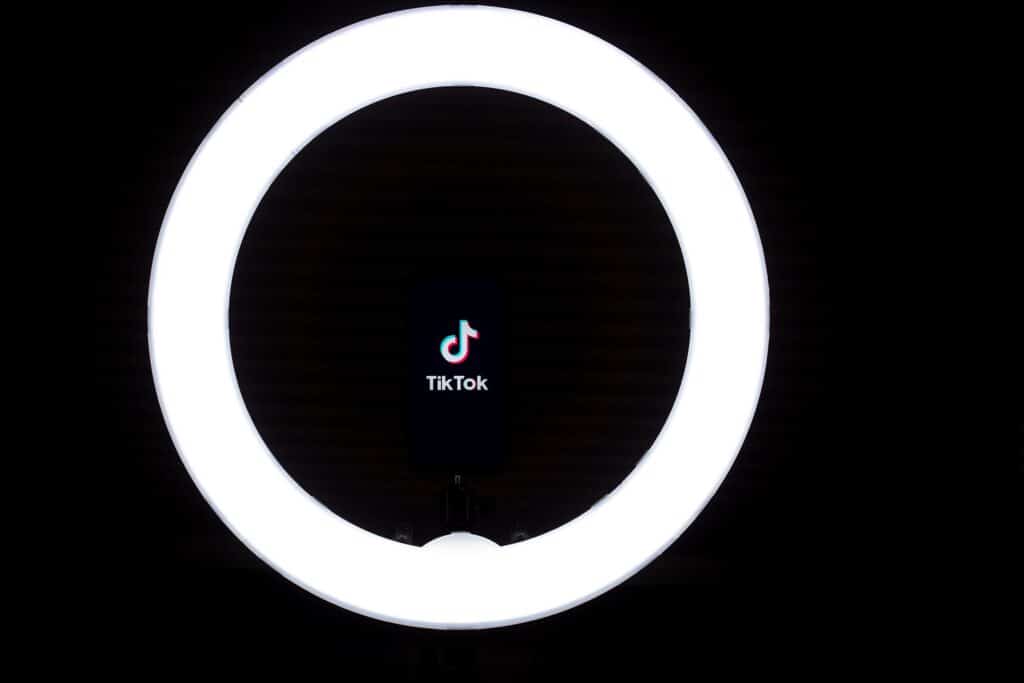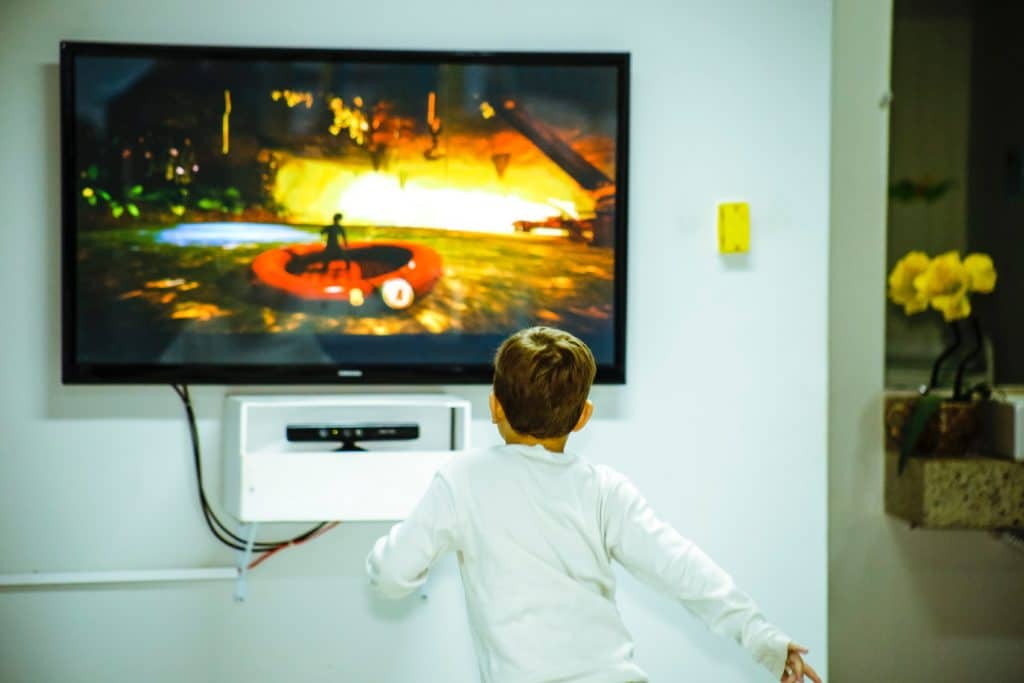In 2013, a 14-year-old girl in England named Hannah Smith committed suicide after being bullied and receiving hurtful comments on a social media website. When her father called for there to be accountability for the people who had left messages about his daughter before her death, it was revealed by the police that Hannah had most likely written the messages herself.[1] This was one of the first recognized incidents of digital self-harm, where a person leaves harmful messages, comments, or posts about themselves on the internet. We have written about physical self-harm in the GKIS article, “What Parents Need to Know About America’s Cutting Epidemic,” but today we’re going to examine the possible causes of digital self-harm, and how you can take steps to help your children if they’re experiencing this. To prevent digital self-harm, keeping open communication between you and your kids about their screen usage is essential. The GKIS Connected Family Screen Agreement is our free digital contract that helps create an open forum of communication between you and your kids and offers tips about the basics of internet safety.
What makes digital self-harm different?
Physical self-harm is when a person injures or puts themselves at risk without intent for committing suicide. Often this is done to numb emotional pain or cry for help. The most known forms of self-harm are cutting or burning yourself or skin-picking, but other risky behaviors like excessive drinking and drug use can become self-harm depending on the person’s motivation.[2] Physical self-harm can accompany or lead to suicidality.
Digital self-harm is similar to the physical forms of self-harm, but it takes place over the Internet. A teenager who’s self-harming this way may leave hateful comments and messages for themselves on social media, often in a publicly visible place. This is done anonymously on a fake account they’ve created.[3] By doing this to themselves, it can make it look like they’re being cyberbullied or harassed by others. Like physical self-harm, teenagers who digitally self-harm are at a much higher risk of suicidal thoughts or making a suicide attempt.[4]
Why do people engage in digital self-harm?

- to express overwhelming negative feelings about themselves.
- to take control of peer relations where they’d otherwise feel out of control.
- to look artsy, tough, or cool or better belong among others victimized by bullying or cyberbullying.
- to numb out or punish themselves.[2][6]
- to attract much-needed help and support.[5]
- to elicit compliments and praise from others.
- in hopes that friends will come to their defense and say positive things about them.[5]
- to create a forum where they can engage in a public discourse and track responses.[5]
- to phish to find out if other people see them in a similarly negative way.[6]
How common is this behavior?
A study in 2012 surveyed 617 college students and found that 9% of those students admitted to committing digital self-harm behavior while they were in high school.[7]
Another more recent 2017 study surveyed 5,593 middle-school and high-school students and found that about 5% admitted to digital self-harm, and 6% admitted to cyberbullying themselves.[3] They also found that teenagers who had digitally self-harmed were also more likely to have been bullied in the past than the students who hadn’t self-harmed.
The Role of Social Media in Self-Harm

While self-harming behavior is usually done in private, social media opens the possibility of exposure to the negative emotions that cause self-harm. Social media allows kids and teens to communicate with others who self-harm and more easily find information about how to do different types of self-harm.[2]
What should I do if someone I know is digitally self-harming?
While digital self-harm is a new phenomenon in the worlds of social media and psychology, there are preventative measures that could help you monitor for digital self-harm in your family:
- Take active steps to manage your children’s time online and monitor what kinds of websites your children are accessing. The GKIS Screen Safety Toolkit provides you with advice and app recommendations to set up parental controls, screen time management, and website filtering and blocking.
- Recognize that self-harm is usually a symptom of other problems in your child’s life, and that they may be keeping it to themselves to avoid embarrassment or punishment. Respond with empathy in mind. This is a poorly thought-through coping mechanism that is fairly common among kids, tweens, and teens. Don’t respond harshly because you are disappointed or embarrassed. Instead, make this a teaching opportunity and gently validate their feelings and coach them through to better solutions. Kids make mistakes online just as they do offline. They’re still learning.
- If the free Connected Family Agreement catches your interest and you want something more comprehensive, our megacourse for Screen Safety Essentials offers GKIS content for the whole family to form healthier screen use habits and encourage cooperation between you and your kids.
- If you’re worried that your teen is self-harming or suicidal, contact a mental health professional as soon as possible. Typically, the earlier the intervention, the more effective it is.

I’m the mom psychologist who will help you GetKidsInternetSafe.
Onward to More Awesome Parenting,
Tracy S. Bennett, Ph.D.
Mom, Clinical Psychologist, CSUCI Adjunct Facility
GetKidsInternetSafe.com
Works Cited
[1] Hannah Smith inquest: Teenager posted ‘online messages’ from BBC News
[2] Identifying Different Types of Self-Harm in Teens from Newport Academy
[3] Digital Self-Harm Among Adolescents by Dr. Justin W. Patchin & Dr. Sameer Hinduja
[5] Digital Self-Harm and Other Acts of Self-Harassment by Danah Boyd
[6] Digital Self-Harm in Adolescents: What It Is and How to Prevent It from Newport Academy
[7] Digital Self-Harm: Frequency, Type, Motivations, and Outcomes by Dr. Elizabeth Englander
Photo Credits
Photo by Pixabay from Pexels: https://www.pexels.com/photo/woman-looking-at-sea-while-sitting-on-beach-247314/
Photo by Mikoto.raw Photographer from Pexels: https://www.pexels.com/photo/photo-of-woman-using-mobile-phone-3367850/
Photo by Tracy Le Blanc from Pexels: https://www.pexels.com/photo/person-holding-iphone-showing-social-networks-folder-607812/






 Thanks to CSUCI intern, Katherine Carroll for researching fetish content on TikTok.
Thanks to CSUCI intern, Katherine Carroll for researching fetish content on TikTok.













